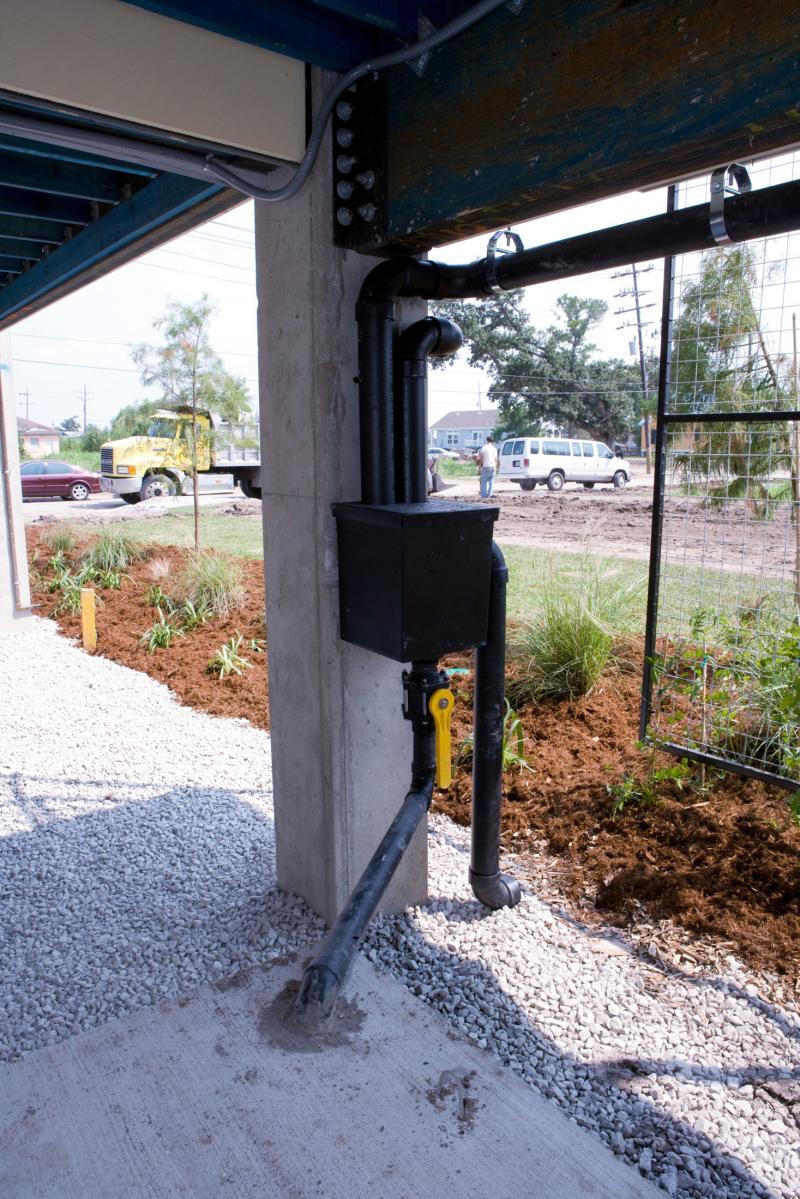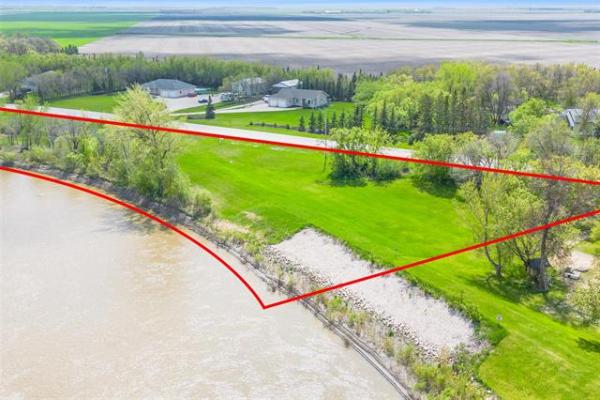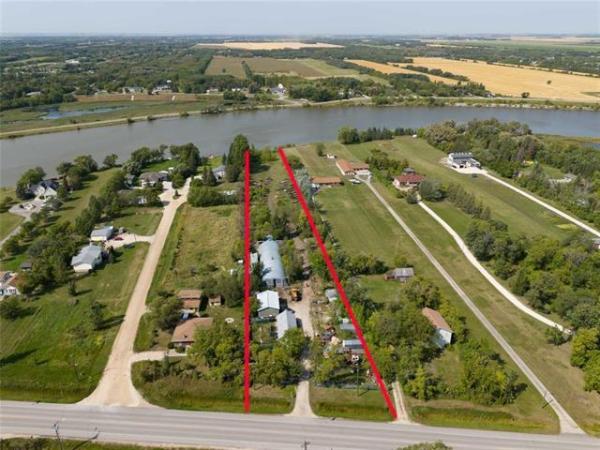
Wasting water -- everything from leaky faucets, running toilets or non-essential exterior use -- is one of the least green things you can do. It's easy to save water and save money by being aware of what you are using. It's not rocket science: just use less and you'll save more.
Fix Leaks
A dripping tap is more than just annoying -- it sends your money down the drain. If yours is leaking one drop per second, you are wasting more than 9,460 litres of water per year. Usually a tap drip can be fixed by replacing a simple washer, but even if you have to change the entire tap it'll cost less than what you're wasting.
Even if you don't hear it running, your toilet might be leaking too. You can check for a leak in your toilet by adding a few drops of food colouring to the tank. If within half an hour you see coloured water in the bowl, you know you've got a leak. Again, not an expensive fix, and you'll save money even if you have to change the toilet. If you install a low-flow toilet, you can save big time.
Thirty per cent of the water consumption in your home is from toilet use. And the older the toilet, the greater the consumption. Twenty years ago, all toilets used at least a 16-20 litre flush. More recent models use a six litre or, with ultra low-flow, as little as three litres of water per flush -- a big difference.
Tap Aerators
Installing low-flow aerators on kitchen and bathroom faucets can save water and money. An aerator reduces the water flow by up to 50 per cent -- and, in the case of hot water, you are also saving on the energy cost of heating it. When it comes to washing up, standard kitchen faucets have an average flow rate of 13.5 litres of water per minute. A low-flow aerator can be installed to limit the water flow to about eight litres per minute.
Low-flow Showerheads
Standard shower heads have flow rates around 20 litres per minute, and an average five-minute shower uses more than 100 litres of water. If you install a low-flow shower head, you can save half of that water without compromising your shower quality. Or you can take shorter showers.
Appliances
Energy Star-rated washers use half the water and energy per load of older models. If you're in the market for a new washing machine, the front-load washers have a much larger capacity and save significantly on water and energy.
Washing your dishes by hand in your sink uses more water than running an Energy Star-rated dishwasher. Washing your dishes by hand twice daily uses about 70 litres of water. If you run the dishwasher, filled to the max, you'll use only 30 litres.
Landscaping
Next to washing your car, your lawn and garden are the biggest household water wasters. Summertime peak period for water usage is between 5 p.m. and 7 p.m. when everyone is home from work, cooking dinner, watering the lawn or hosing down the driveway.
The average suburban Canadian garden needs about 100,000 litres of water to thrive in a growing season. That's a lot of expensive water that's been processed and treated and made fit for consumption that's just going on a lawn or to a non-potable use. If you're smart, you can collect rainwater for use on your lawn and garden. If you're really smart and green, you'll look into a grey-water recycling system that allows you to use harvested rainwater to flush toilets as well as for exterior use.
Remember those watering bans that happen every summer? When there's a water ban, it means your municipality's water reservoirs are low and need to recharge -- allowing your city to keep a safety margin of water so that homes and businesses can have enough water and pressure for basic use. It also means there's water available in the case of an emergency.
I've you've got a neighbour who washes the driveway every night, in spite of a watering ban, you might want to introduce him to an old-fashioned, energy-saving broom.
Watch Mike Holmes take on the biggest challenge of his career in Holmes in New Orleans on HGTV Thursdays at 8 p.m. ET/PT. Visit www.hgtv.ca/neworleans for more information.



